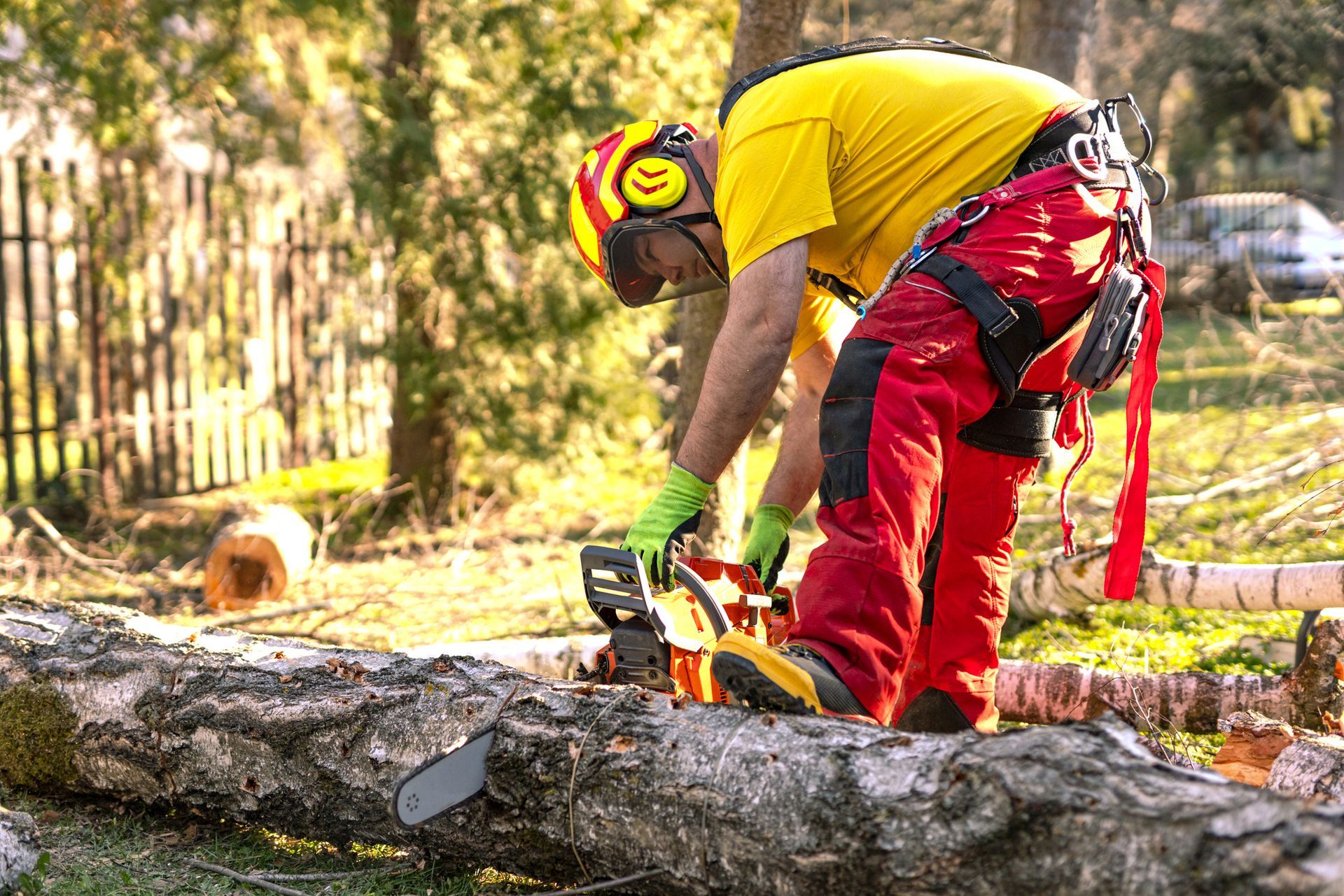How to Protect Your Trees From Winter Damage
By Admin • October 20, 2019
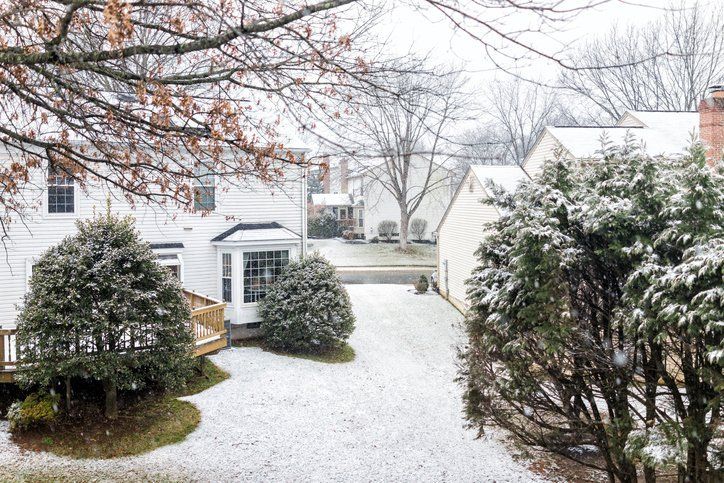
Trees are easy to overlook once the temperatures drop and frost is in the air. Deciduous trees go dormant and evergreens enter semi-dormancy in the winter months, but they still need proper care to survive the cold. Fall and early winter is the time to get your trees ready for the snow, ice, and cold winds ahead.
Fall Cleanup
Leaf debris and broken branches can lead to issues this winter and in the spring. Routine fall tree cleanup helps to avoid problems.
Leaf Debris
Piles of leaves can look colorful, but they hide a dark secret. Fungal, viral, and bacterial pathogens that cause tree disease can lurk in these piles of fallen leaves. Insect pests may also lay dormant in leaf debris. Come spring, the pests and pathogens can move from the leaf piles and into the trees to wreak havoc. Solve the problem by raking up and composting or disposing of the debris.
Canopy Problems
Damaged or sick wood in your trees in fall are likely to suffer even more once the cold season arrives. Heavy snow and ice or winter winds can send weak or dead branches crashing to the ground. Although fall is not the time for heavy pruning, prune any weak or dead wood from your trees before winter arrives.
Snow Protection
Most trees are not harmed by a little snow, but a lot of snow or an ice storm can really weigh them down. Evergreen shrubs are in the most danger, although deciduous shrubs with dense branches can also be affected.
Snow Weight
Too much snow on top of an evergreen can cause the whole shrub to split. Evergreen shrubs, in particular, are often pruned into formal geometric shapes. When pruning your shrubs and small trees, request that the foliage has trimming so it has a rounded or pointed top as opposed to a flat top. Ice and snow can settle on flat tops, where the weight will then cause the branches to bend and break.
Snow Removal
Even with proper pruning, snow can collect on your shrubs and trees. Whether you have heavy snow on an evergreen or early snow that weighs down a deciduous still in leaf, proper removal can prevent breakage. Use a broom and sweep upward so that the snow is knocked loose but the branches do not bend down. Sweeping downward can stress the branches and cause them to break.
Cold Concerns
Young trees and some evergreens are particularly susceptible to cold weather problems. Wind and temperature fluctuations are the primary concerns.
Windburn
Windburn primarily affects evergreens. Cold winds suck moisture from evergreen leaves and needles, leading to desiccation. You have two options to counteract windburn. The first is to wrap the shrub or tree with burlap, leaving the top open to allow air circulation. The other option is a windbreak. You can erect a small windbreak on the side or sides most exposed to winter winds in your area.
Sunscald
The bark on young trees can split open if the trunk has exposure to direct sun while temperatures hover at or are below freezing. The sun heats up the sap so it begins flowing again, but then the sap freezes and splits the bark as soon as the sun moves away from the tree.
Tree wraps help counteract this problem by insulating the trunks of young trees or those with thin bark against the sun and cold. Just make sure to remove the wraps before the tree begins growing again in the spring.
Contact us
for more help in preparing your trees ready for the winter season. We look forward to speaking with you.

When you need dependable tree service in Chesterfield, MO , County Tree Service is the name to know. From precision tree trimming to safe removals and storm cleanup, our experienced team handles it all with care and professionalism. We’re dedicated to keeping your yard safe, clean, and beautiful year-round. Call 314-920-7263 today for expert tree service in Chesterfield

For professional tree service in Fenton, MO , trust the experts at County Tree Service. Whether you need tree removal, trimming, or storm damage cleanup, our skilled team is ready to handle the job safely and efficiently. We take pride in keeping your trees healthy and your property looking its best. Call 314-920-7263 today for reliable tree service in Fenton you can depend on!

Need expert tree service in Ballwin, MO ? County Tree Service offers safe, efficient tree removal, trimming, and storm cleanup for homes and businesses. Our experienced crew is dedicated to keeping your property safe and your trees healthy year-round. Call 314-920-7263 today for trusted tree service in Ballwin from

Looking for dependable tree service in Saint Louis, MO ? County Tree Service is your go-to team for expert tree trimming, safe removals, and complete tree care. With years of experience and a commitment to customer satisfaction, we keep your trees healthy and your property safe. Call 314-920-7263 today for professional tree service you can count on in St. Louis!
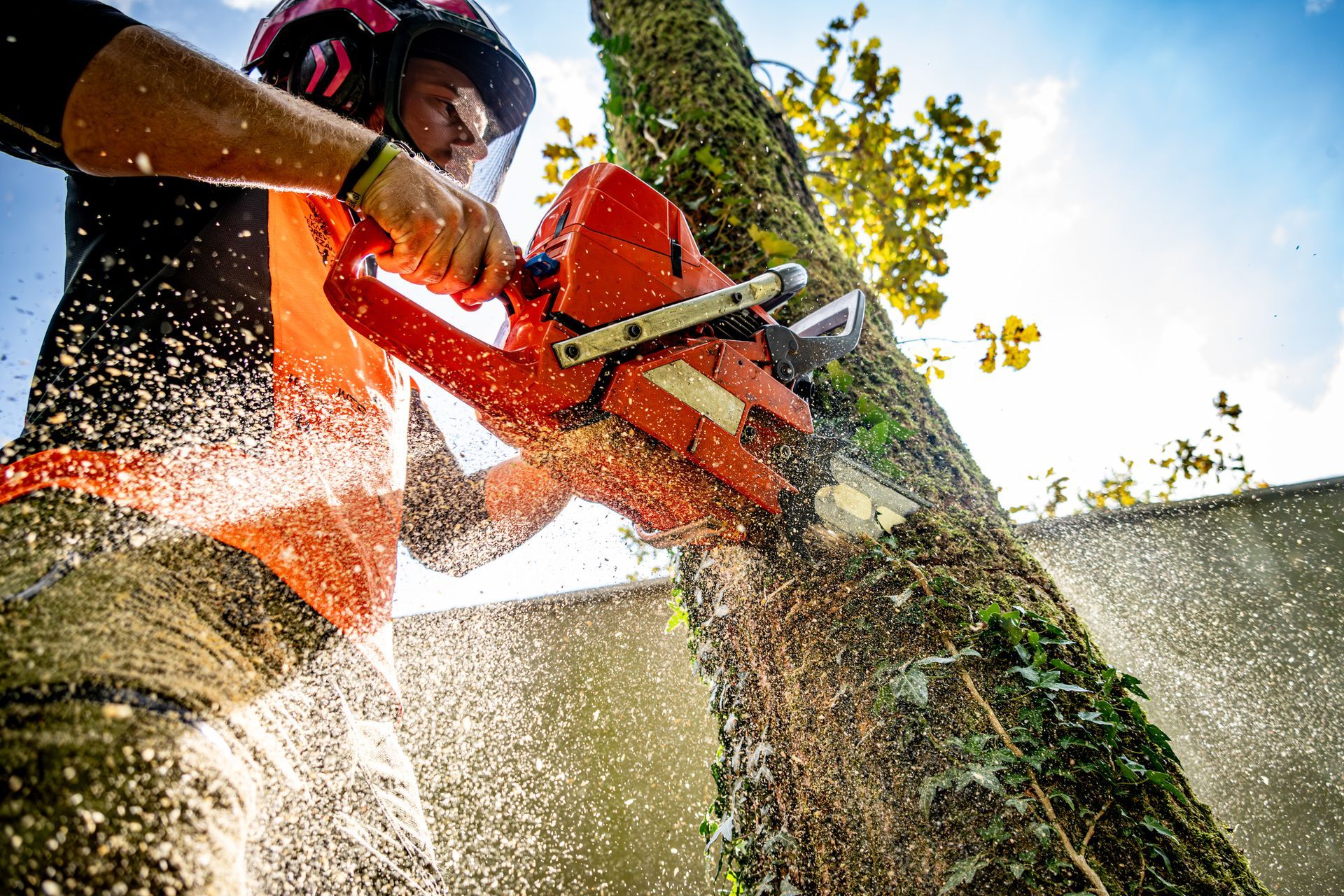
When you need dependable tree services in Fenton, MO , County Tree Service is the local company to trust. We offer comprehensive tree care, including tree removal, trimming, stump removal, and wood chipper services to keep your property safe and beautiful. Fenton’s trees face challenges like storms, pests, and disease—our skilled team is equipped to handle all of these with professional care and attention to detail. Whether it’s routine maintenance or emergency service, we’re ready to help. For reliable tree services in Fenton, MO , call County Tree Service at 314-920-7263 today for a free estimate.
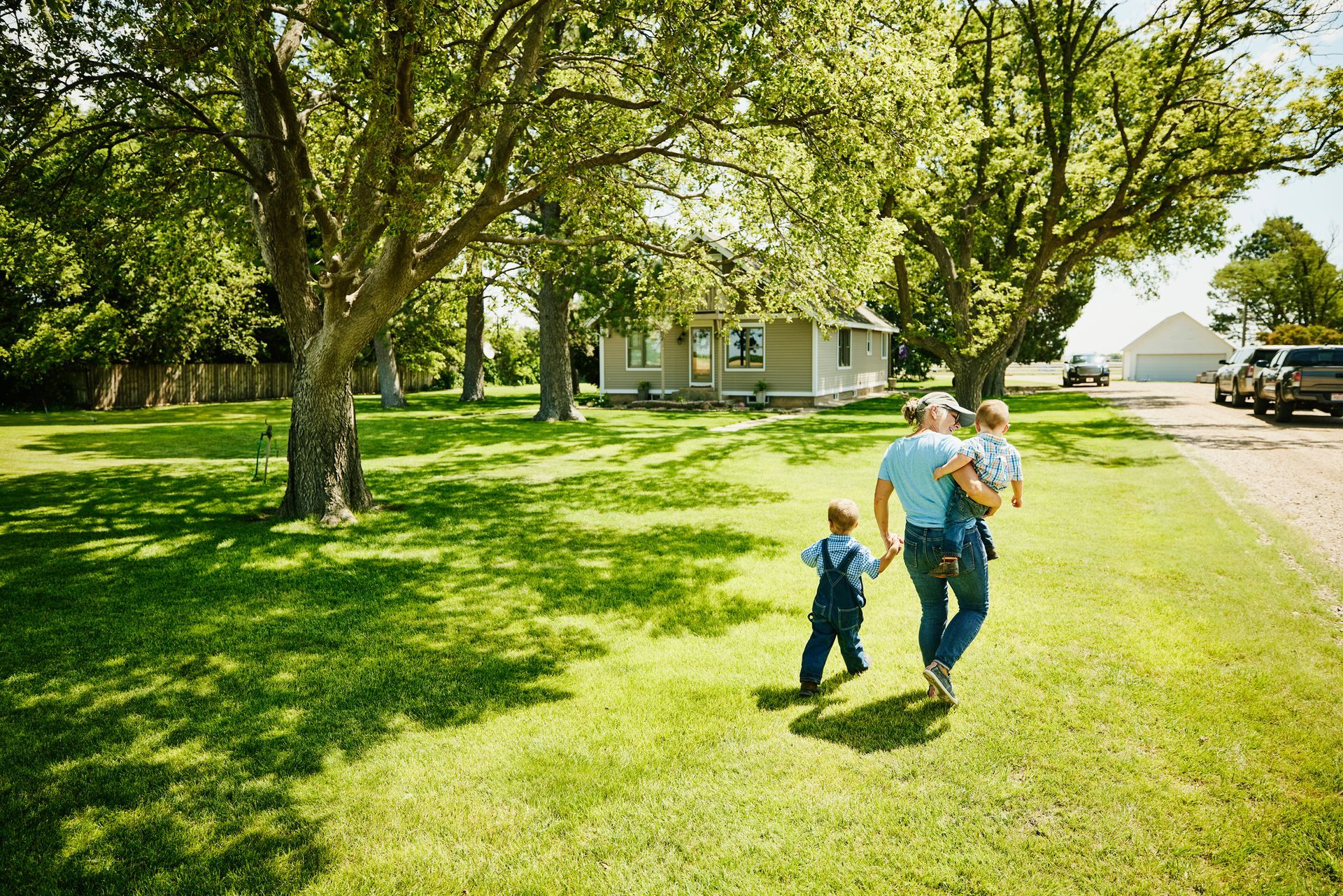
If you’re looking for professional tree services in Ballwin , MO, County Tree Service offers the expertise and equipment to handle all your tree care needs. From safe tree removal and expert trimming to stump removal and wood chipper services, we keep your property healthy and attractive. Our team understands the specific needs of Ballwin’s trees and environment. Whether it’s preventative maintenance or storm damage cleanup, we provide reliable, affordable tree services you can count on. For expert tree services in Ballwin, MO , contact County Tree Service today at 314-920-7263 for a free estimate.
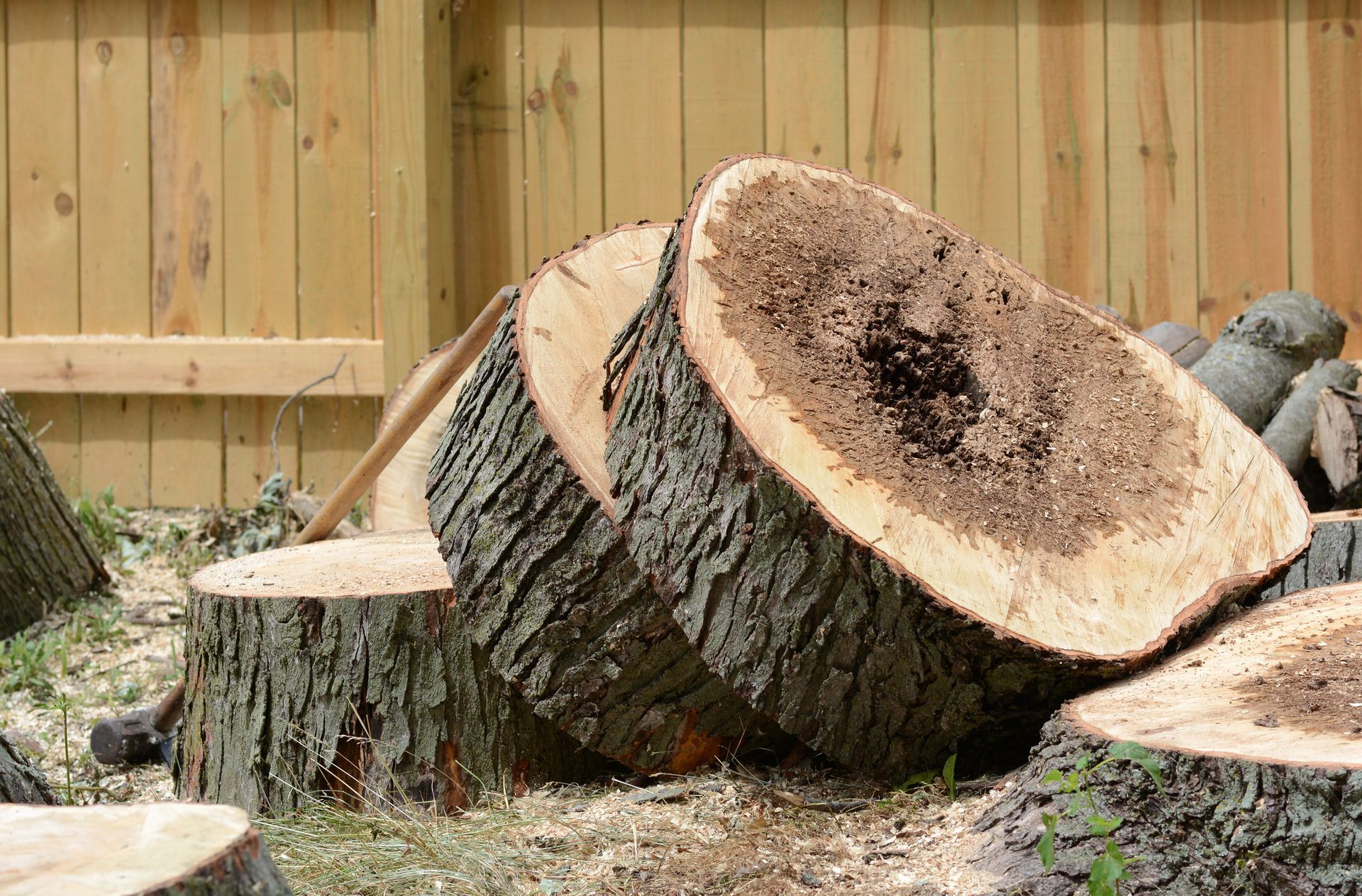
For professional and trustworthy tree services in Chesterfield, MO , County Tree Service is your local expert. We provide comprehensive tree care solutions to keep your property safe, healthy, and looking great all year long. Our team offers a full range of services including tree removal , tree trimming , stump removal , and wood chipper services . Whether it’s routine maintenance or emergency tree work, we handle every job with precision and care. Chesterfield’s climate and environment can challenge your trees, but with our expert tree services in Chesterfield, MO , you can rest easy knowing your trees are in good hands. Contact County Tree Service at 314-920-7263 today for a free estimate and expert advice on your tree needs.

